Hanging Plants: Make Your Own Kokedama
Houseplants that you don’t have to think about are the best. And extremely low maintenance ones that look great are even better. Enter Kokedama. This traditional Japanese art form encloses a plant’s roots in moss to retain moisture.
Kokedama literally mean “moss ball.” The style originated from the Nearai and Kusamono bonsai styles and today, this design goes one step further when the moss balls are suspended with string.
You can use almost any small indoor plant for this project. When choosing your plant, think about where you will display your Kokedama and keep lighting needs in mind for your plant.
It’s not hard to make your own. Follow along with these instructions.
For this project, you will need:
- Espoma Organic Garden Soil
- Espoma’s Organic Potting Mix or Espoma’s Organic Orchid Mix
- Moss
- Strong twine
- 26 gauge wire
- Scissors
- Water
- Bucket
- Small plant such as a fern or ivy
6 Steps to making a Kokedama
- Mix it. Kokedama uses heavier soil and we recommend using a ratio of 70 percent indoor potting soil with 30 percent garden soil. In a bucket, mix soil well. Add a small amount of water to bond the soil together so it has a clay-like feel. Soil should be sticky and pliable once all ingredients have been mixed.
- Ball it. Depending on the size of your plant, form a ball ranging in size from a plum to a grapefruit. Gently insert your thumbs into the middle of the ball, keeping the sphere intact. This is where your plant roots will go.
- Plant it. Remove plant from container, gently shaking off excess soil. Dunk roots in water. Place your plant’s roots into the soil ball, gently forming the soil around roots and adding more soil if necessary.
- Cover it. Dip moss in water, then squeeze out excess water. Place and press the damp moss around the soil ball. Leave enough space around the plant for breathing room.
- String it. Once your ball has taken shape, securely wrap and tie it with twine. Now, add a piece or wire or twine at your desired length for hanging.
- Soak it. Place the Kokedama in a bucket and cover the moss ball with water without submerging the plant. Let it soak for 10-15 minutes then you’re ready to go! Do not let the Kokedama dry out completely before soaking again. Depending on the plant and environment, soak Kokedama about once a week.
Once you’re done with your Kokedama, try your hand at this succulent planter DIY!
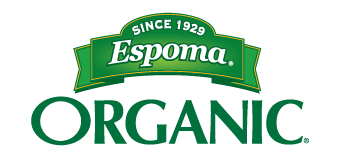
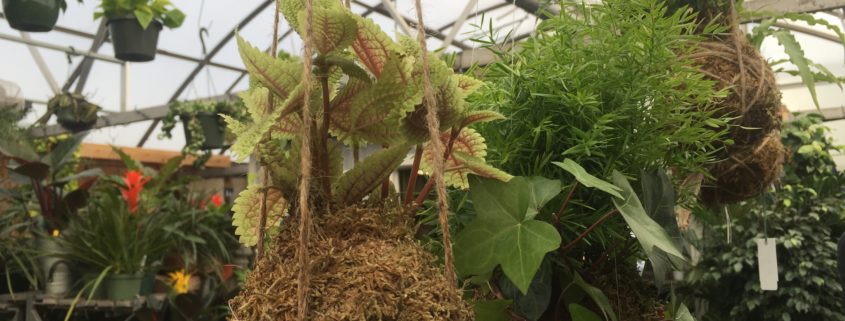

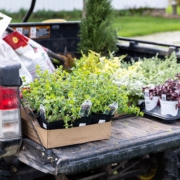
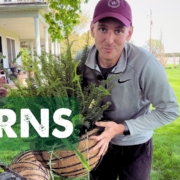
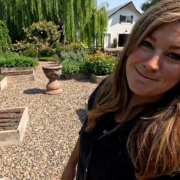
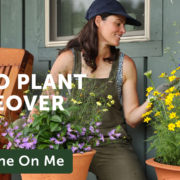
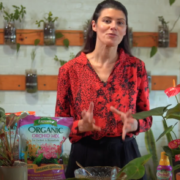

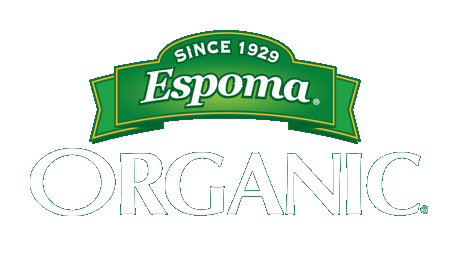
Trackbacks & Pingbacks
[…] English IvyIvy is a diverse plant that can thrive in many rooms. Putting it in the kitchen will add dramatic lines and textures while purifying the air. If your cabinets don’t hit the ceilings, this ivy will gladly take up space. It will add wonderful shades of green with accents of whites or yellows. Read more about growing ivy in unusual spaces. […]
Comments are closed.